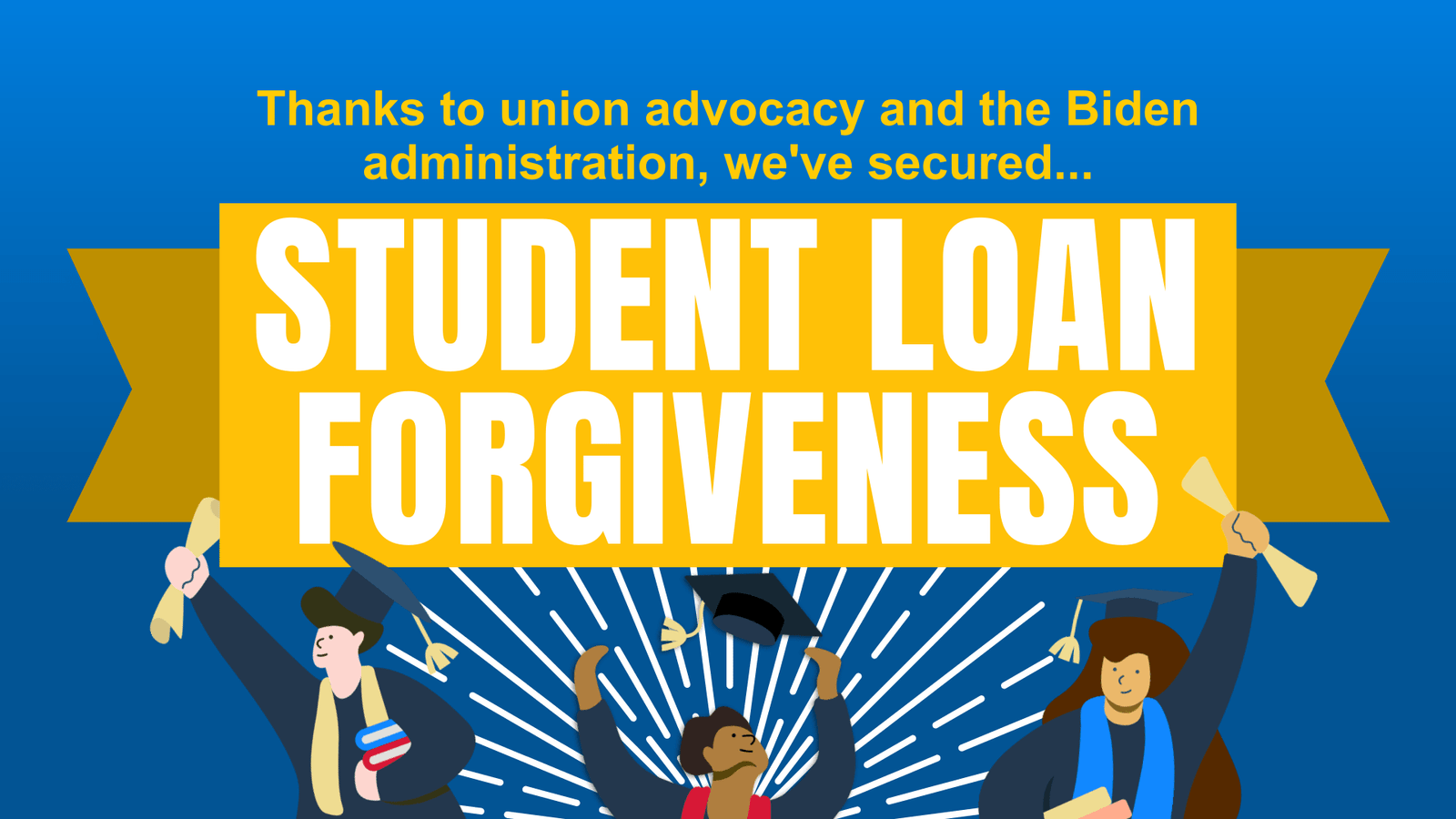As someone who has gone through the student loan repayment process, I understand how overwhelming it can be. The thought of being in debt for decades can be stressful, which is why loan forgiveness options are so appealing. In this article, we’ll dive into the basics of loan forgiveness and explore some of the available programs.
What is Loan Forgiveness?
Loan forgiveness is a program that allows borrowers to have a portion or all of their student loans forgiven or cancelled. This means that they no longer have to pay back the remaining balance of their loans. It’s important to note that not everyone qualifies for loan forgiveness. In most cases, borrowers must meet certain criteria to be eligible.
Types of Loan Forgiveness Programs
There are several types of loan forgiveness programs available, each with their own set of requirements. Here are a few of the most common:
Public Service Loan Forgiveness
Public Service Loan Forgiveness (PSLF) is a program that forgives the remaining balance on Direct Loans after 120 qualifying payments (10 years) have been made while working full-time for a qualifying employer. Qualifying employers include government organizations and non-profits.
Teacher Loan Forgiveness
Teacher Loan Forgiveness is a program that forgives up to $17,500 of Direct or FFEL Subsidized or Unsubsidized Loans after 5 years of teaching at a low-income school or educational service agency.
Income-Driven Repayment Plan Forgiveness
Income-Driven Repayment Plans (IDRs) allow borrowers to make payments based on their income and family size. After 20 or 25 years of making payments, depending on the plan, the remaining balance is forgiven. It’s important to note that the forgiven amount may be taxable as income.
How to Apply for Loan Forgiveness
Each loan forgiveness program has its own application process. It’s important to research the requirements and follow the instructions carefully. Here are some general steps to take:
Step 1: Contact Your Loan Servicer
Get in touch with your loan servicer to discuss your options. They can help you determine which programs you may qualify for and guide you through the application process.
Step 2: Gather Required Documentation
Each program requires different documentation. Make sure you have everything you need before you begin the application process. Common documentation includes proof of employment and income.
Step 3: Submit Your Application
Follow the instructions carefully and submit your application. Keep in mind that the process may take several months, so be patient.
Conclusion
Loan forgiveness can be a great option for borrowers struggling to repay their student loans. It’s important to research the available programs and determine which ones you may qualify for. Remember to follow the application process carefully and be patient. With a little bit of effort, you could be on your way to loan forgiveness and financial freedom.
For more information on loan forgiveness programs, visit the Federal Student Aid website: https://studentaid.ed.gov/sa/repay-loans/forgiveness-cancellation.
